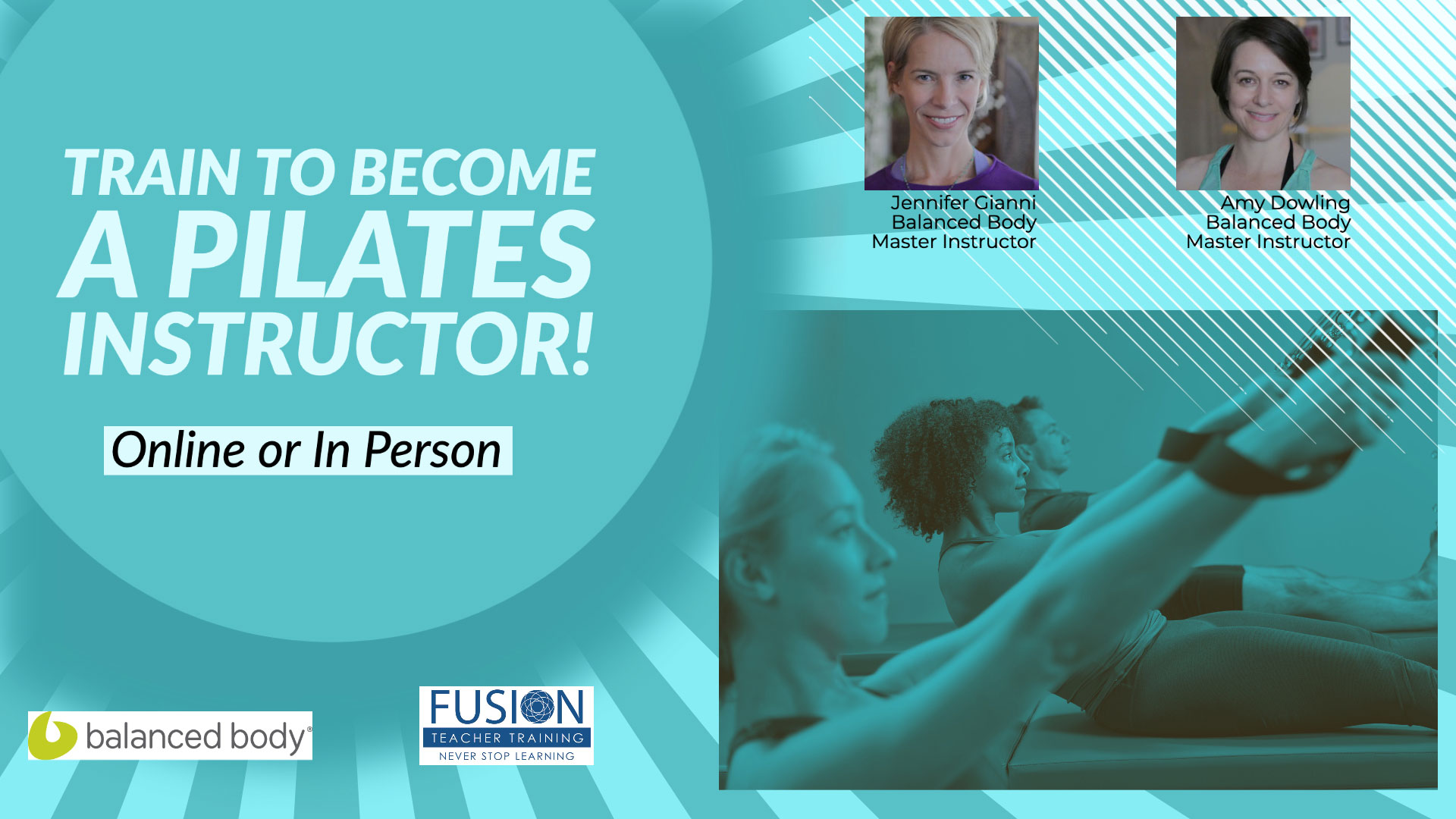
What Pilates is:
Many think of Pilates as consisting mostly of abdominal work that involves lots of flexion of the spine. This is a misconception. Pilates is much broader in its reach than just the rounding of the back needed for abdominal curls. The spine must be guided through flexion, extension, lateral flexion and rotation in order to remain healthy. In a well-planned Pilates routine, the spine can and should be brought through each of these ranges of movement. Rotation is a very important aspect of our Pilates work because it creates an awareness of the deep muscles that hug and support the spine, creating strength and flexibility, which is extremely helpful with flexion and extension. All of these things are interrelated. That’s why it’s so important that we start with a strong foundation before progressing to more advanced work.
Our Goal:
The goal is to improve our range of rotation. Once you have gained an improvement in rotation by using the exercises I’ll describe below, you will see and feel the benefits right away. Improved rotation will allow you to achieve more mobility for all exercises in all planes of movement.
Here’s How:
To improve rotation, you have to have a solid foundation to start from. It’s essential to have the fundamentals of proper posture, breath control, and shoulder placement. Without proper posture, you cannot access the spine correctly. We want to rotate around the central axis of the spine. To achieve this, you must know where center is; otherwise you will not be in the proper position to get the full benefits of rotational movement. Breath comes into play because our core structures are ignited by the breath. A deep inhale creates more space in the spine and helps us to lengthen as we rotate. Our shoulder blades need to be able to glide along the back of the ribcage as the spine rotates. Here is how you can test your current Spinal Rotation:
1. Begin in supine position (on your back) on a mat on the floor. Bend your knees and place your feet flat on the floor.
2. Slowly allow both the legs and the knees to drop to the left or to the right. If you have normal Spinal Rotation, your legs will touch the floor without the opposite shoulder lifting up off the floor. The shoulder lifting is a signal that the spine is not rotating correctly. When the spine isn’t turning at full capacity we tend to compensate with overuse of the shoulders and hips to find the rotation. But don’t worry if your shoulder does lift.
There are two Pre-Pilates rotation exercises that will help it stay flat on the mat. Practice these daily for a few weeks and take note of the improvements you gain in strength and flexibility, and in the Spinal Rotation test itself.
• Keep your shoulders flat against the floor.
• Straighten one arm and the opposite leg, and stretch them out on the floor.
• Allow your hips to rotate and let your bent knee drop over toward the floor as it crosses the body.
• Hold for twenty to thirty seconds and repeat on the other side.
Exercise – Spiral Staircase
• Start seated in a chair.
• Scoot to the front of the chair and concentrate on creating equal weight in each of the sits bones.
• Your shoulders and hips should be square to the front.
• Cross your arms over the chest.
• How to rotate: When you rotate to the left, the right side of the back engages to push the right side of the vertebra forward, turning the body while the left internal and external oblique muscles assist the rotation by pulling the left side of the vertebra backwards.
• Imagine the spine as a spiral staircase. Start the rotation low in the spine, approximately at the lumbar vertebra five, which is in line with your belly button.
• As you rotate, imagine climbing the spiral staircase from the bottom up.
• Be sure that your knees and hips stay square to the front.
• Don’t lean forward or backward or tilt sideways as you rotate.
Practice the exercise slowly, paying close attention to your breath and to your body’s alignment.
Repeat four to six times on each side.
Hot Tip:
Notice times throughout the day when you can apply these techniques. Instead of just automatically reaching for the seat belt in your car, try to keep your hips still as you rotate from the bottom of the spine up while keeping your shoulder girdle out of it — to get that rotational stretch. There are countless actions you perform throughout the day that can be turned into simple Pilates exercises. Keep an eye out for them!
~ by Jennifer Gianni
We hope you found these tips and exercises helpful! Tell us what you thought below.




Leave A Reply (No comments So Far)
Please - comments only. All Pilates questions should be asked in the Forum. All support questions should be asked at Support.
You must be logged in to post a comment.
No comments yet.